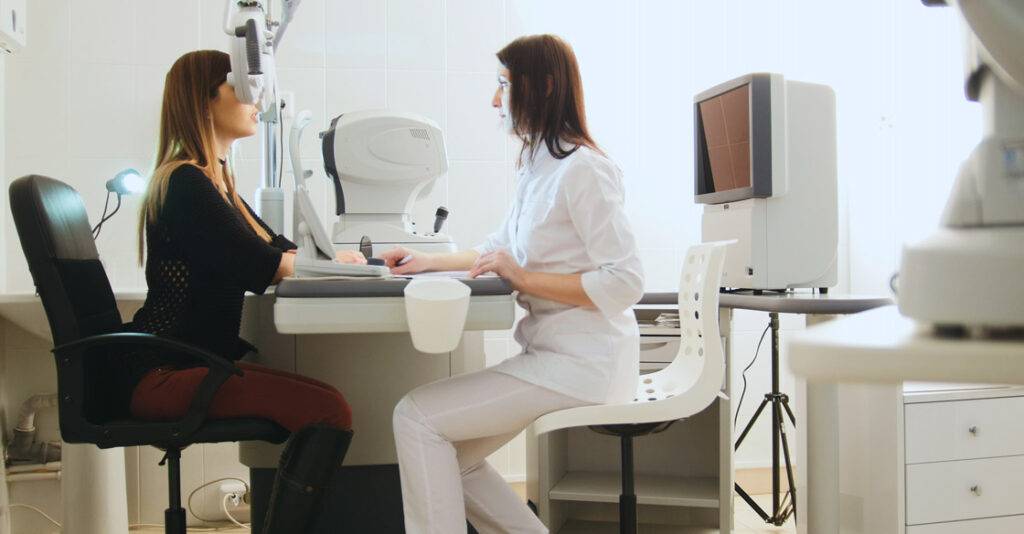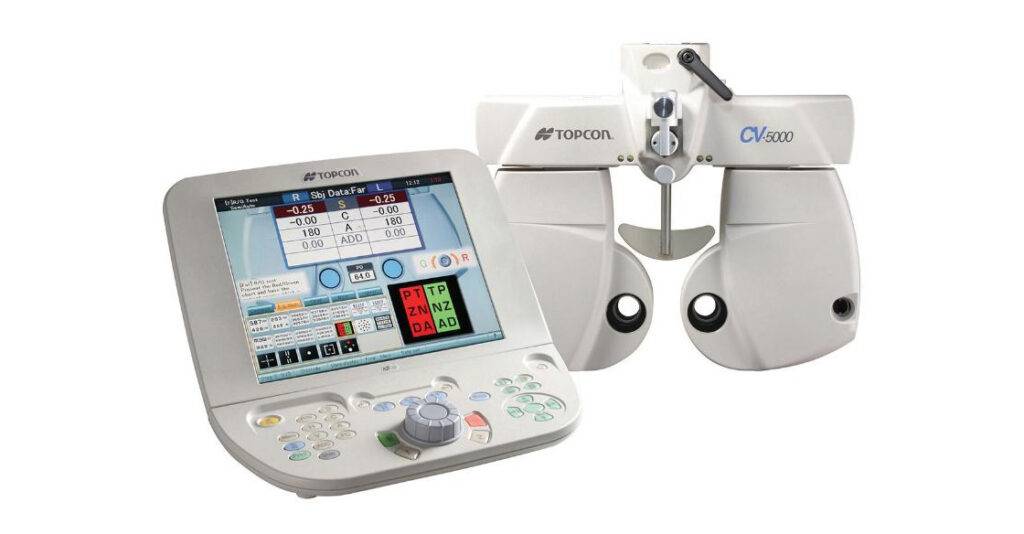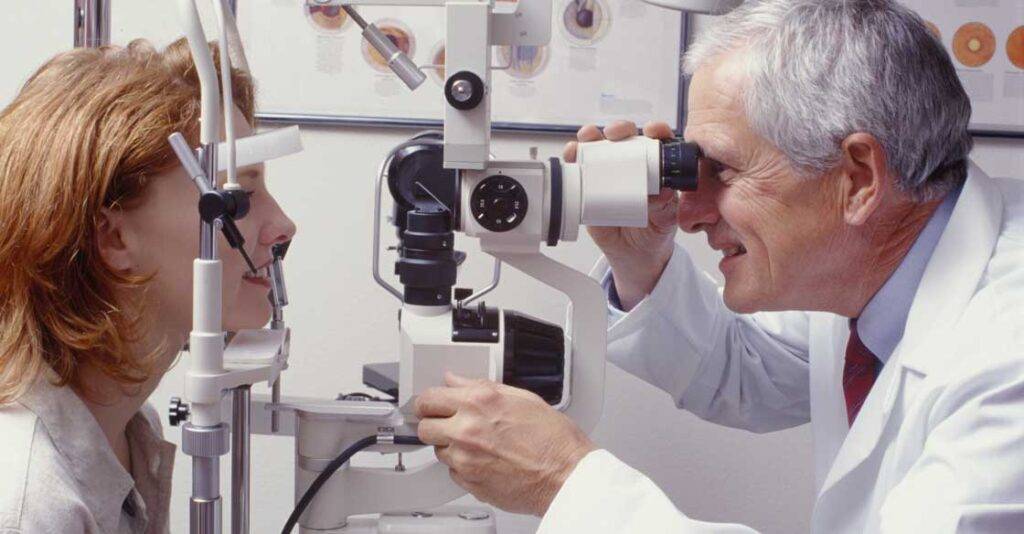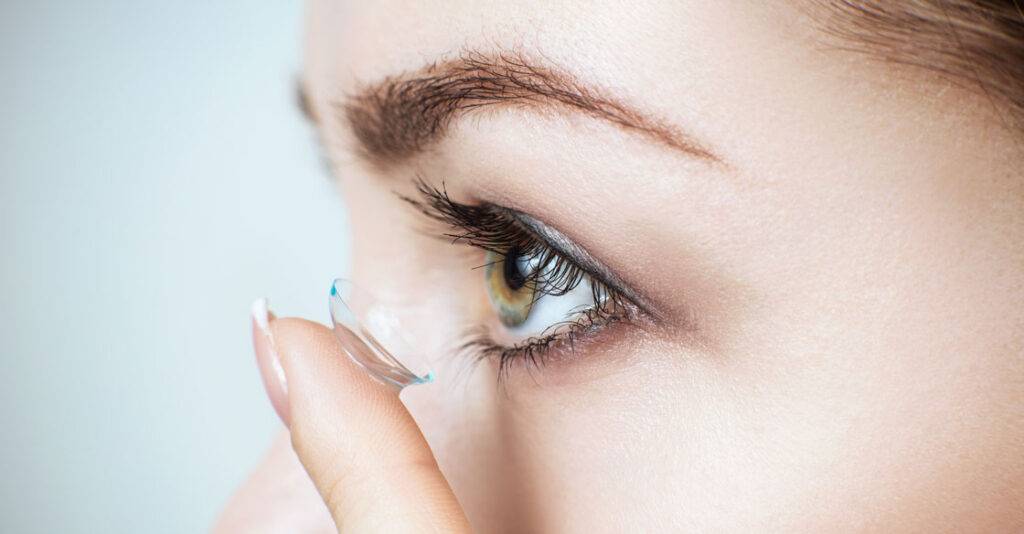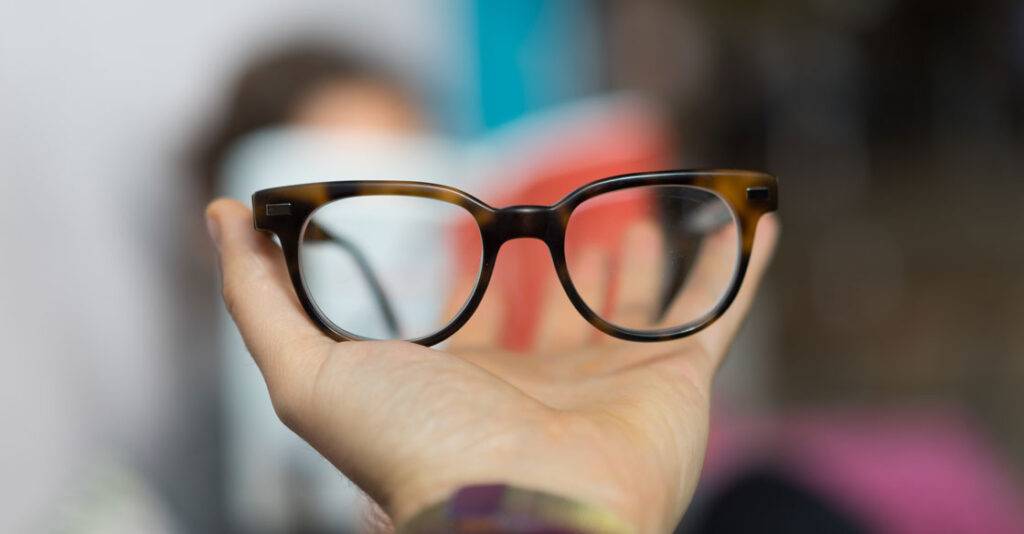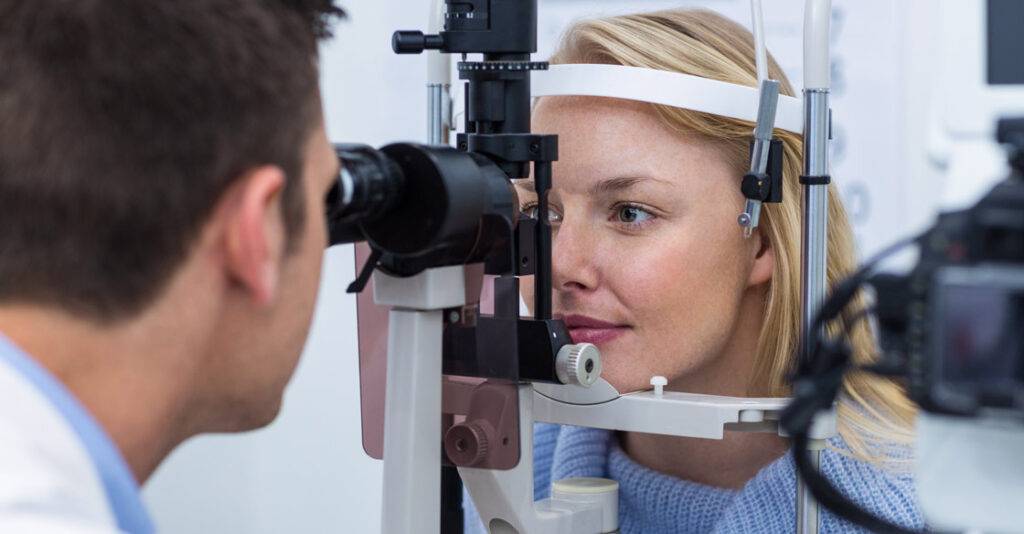5 Questions to Ask Your Optometrist
Whether you are preparing for your first-ever visit to an optometrist or are having your first checkup appointment in a few years, it’s always best to go in prepared to ask questions. It can help settle your nerves, teach you more about the type of care to expect and provide you with a better understanding…
When are Contact Lenses Deemed “Necessary”?
What Classifies Necessary Contact Lenses? Necessary contact lenses are a designation based on criteria set by a third-party payor, such as Vision Service Plan (VSP) or EyeMed Vision Care. Each plan has different criteria for qualification. The approval process involves the practitioner’s office submitting and attesting to specific documentation after a patient’s eye exam. When…
Why an Online Eye Exam Cannot Replace your Optometrist
Everyone wearing glasses or contacts knows the importance of having the correct lens prescription. Vision is vital to our activities of daily life whether it’s driving, reading, or using a computer at work. You might believe that optometrists only help you with your eyesight prescription, but there is actually much more to the services they…
When to Get Your Eye Prescription Updated by an Optometrist
Almost everyone in their life experiences some type of vision issue. Your vision is an important sense necessary for daily tasks from deskwork to driving. Taking care of your eyesight is essential, even if you are not experiencing noticeable changes. Yet if you do experience noticeable changes with your vision, you’ll have even more motivation…
What To Look For When Scheduling Your Comprehensive Eye Exam
Regular eye exams are essential to eye health and optimal vision. They can provide valuable preventive vision care and early treatment options for existing eye conditions. Vision impairment symptoms are not always evident, and so regular comprehensive eye exams are essential in the maintenance of good vision. There are some possible measurements can be performed…
Upgrading Your Vision – Should I Get Contacts?
If you’re currently wearing glasses and find yourself consistently wondering, “should I get contacts?” it’s probably worth considering the many advantages of today’s contact lenses. Most people love the change from spectacles when they find out that contacts are safe to wear without the risk of surgery, they often offer better vision and more freedom…
Choosing the Best Eyeglass Frame
If you’re reading this, you’ve probably already chosen to request an eye exam and determined that you need new glasses. But which kind should you get when you visit your local family eye care center? Not all faces are created equal, and as a result, only some types of frames will look best on your…
4 Common Symptoms of Keratoconus to Watch Out For
Light passes into the eye through the cornea, the eye’s transparent tissue in front. The shape of the cornea is like a dome, however, in rare cases, it bulges forward like a cone. As a result, the distorted cornea does not adequately focus light, even with glasses and traditional soft contact lenses. This medical disease…
The Best Contact Lenses Based on What Your Eyes are Telling You
These days, contact lenses are more popular than ever. With lenses for every type of vision condition –from myopia, hyperopia, astigmatism, and presbyopia — there are more products than ever out there to satisfy consumer needs. At your eye exam, your eye doctor will determine based on your vision correction needs, eye health and personal…
The Epidemic of Digital Eye Strain and How to Fix It
In today’s technology-powered world, more jobs, schools, and projects require digital screens to get work done. As a result, more people are experiencing digital eye strain symptoms. Children today are growing up with advanced technology at their fingertips. It seems as if children learn to use a laptop, smartphone, or tablet long before they can…

